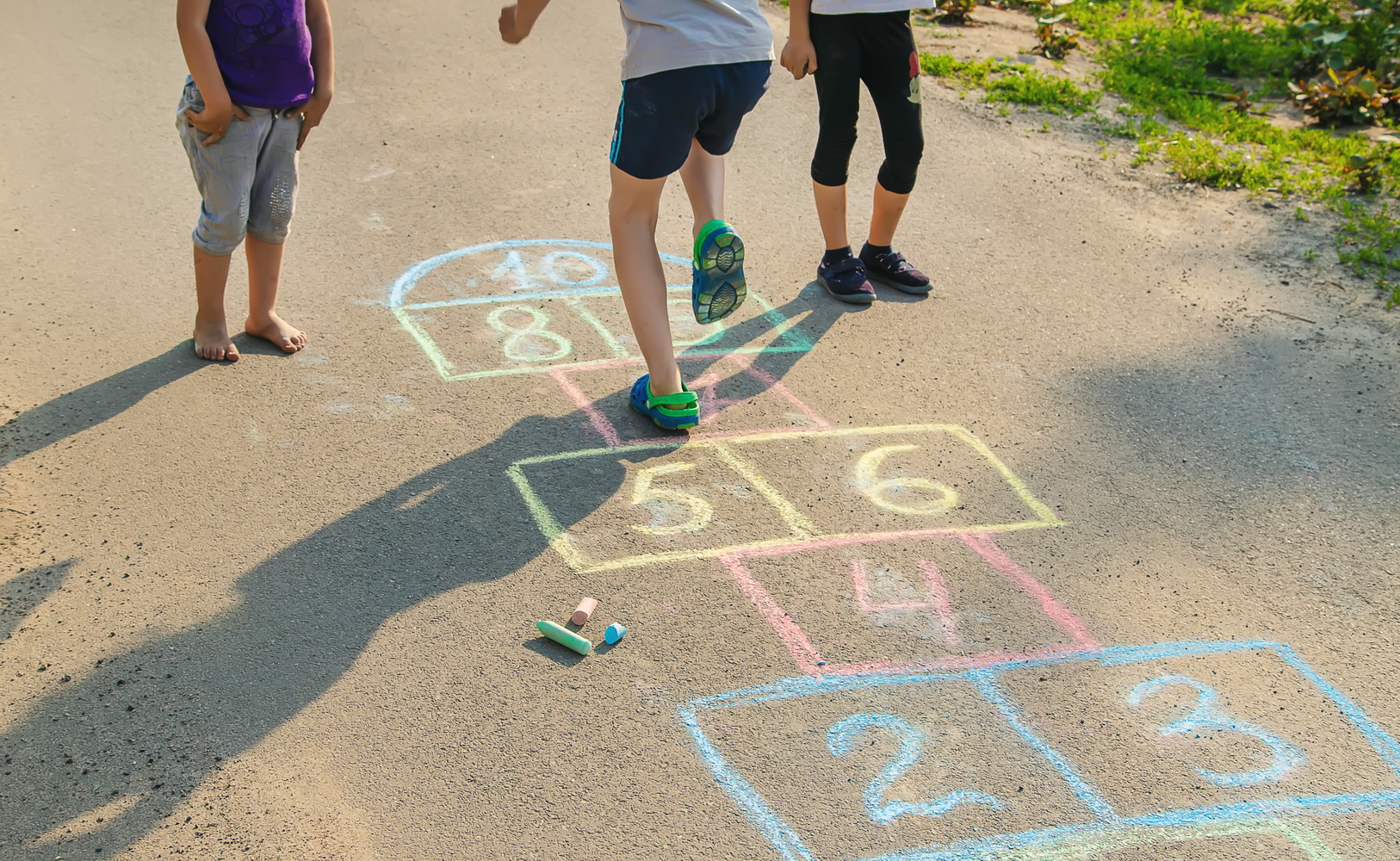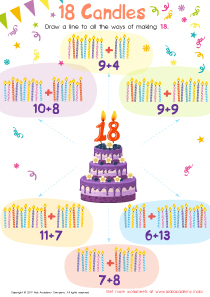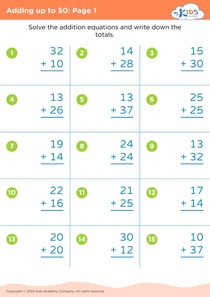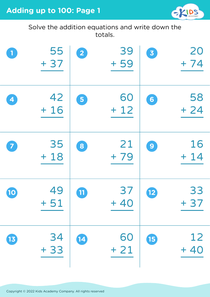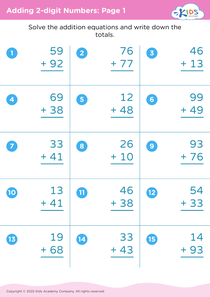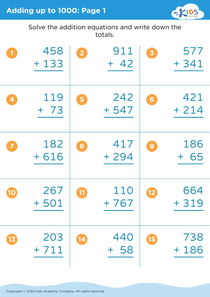Following instructions Adding Up to 5 Worksheets for Ages 4-6
3 filtered results
-
From - To
Explore our "Following Instructions: Adding Up to 5 Worksheets" designed specifically for children aged 4-6. These engaging worksheets provide young learners with essential practice in both math and literacy skills. Each activity guides children through straightforward tasks, encouraging them to follow instructions carefully while reinforcing their understanding of addition within 5. With colorful illustrations and interactive prompts, your child will develop confidence in their ability to complete tasks independently. Ideal for home or classroom use, these worksheets are perfect for nurturing a fun and interactive learning environment. Download now and watch your little ones thrive in their math journey!
Following instructions is a crucial foundational skill for children aged 4-6, especially in tasks like adding up to 5. This skill not only helps children develop cognitive abilities but also enhances their social skills. When children learn to follow multi-step directions, they practice listening, comprehension, and the ability to concentrate—key components for future academic success.
In mathematics, understanding how to add up to 5 introduces young learners to basic number sense and problem-solving skills. This early understanding establishes a solid base for more complex mathematical concepts as they progress in their education. Moreover, practicing addition in a structured manner encourages children to express their thought processes, which promotes critical thinking.
From a social perspective, following instructions fosters collaboration. Children learn to work together, share ideas, and play games, which enhances their social interactions. For parents and teachers, these skills provide insight into a child’s development, revealing their readiness for more advanced concepts and activities.
Lastly, supportive environments at home and school can instill a love for learning, making math a fun and engaging experience. By prioritizing these skills, parents and educators set children on a path to confident and capable future learners.
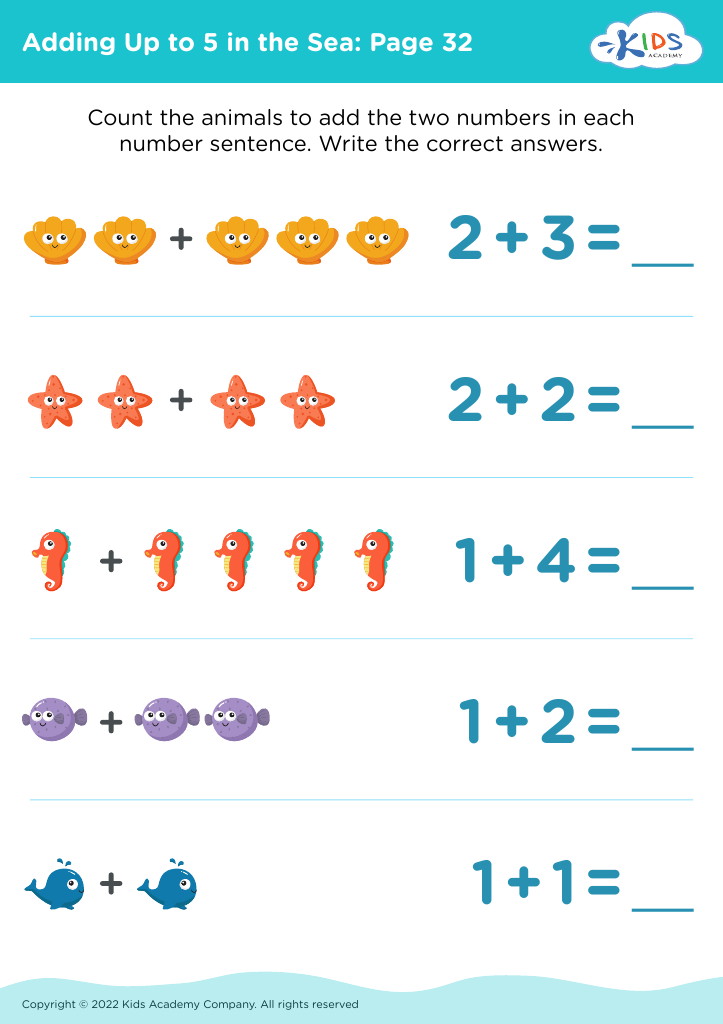
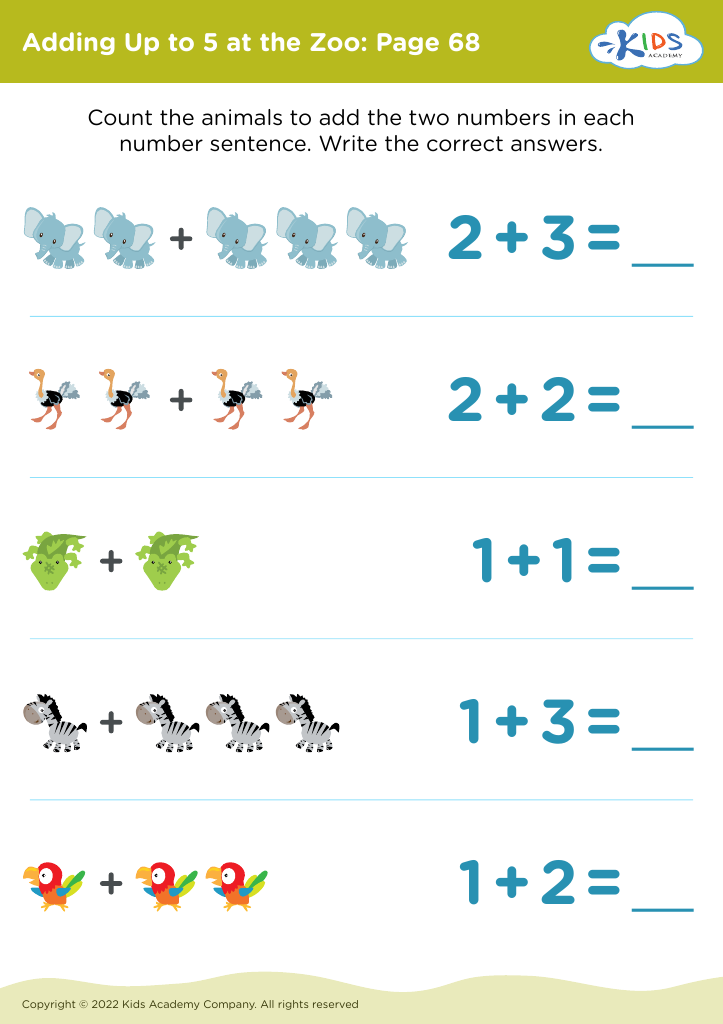
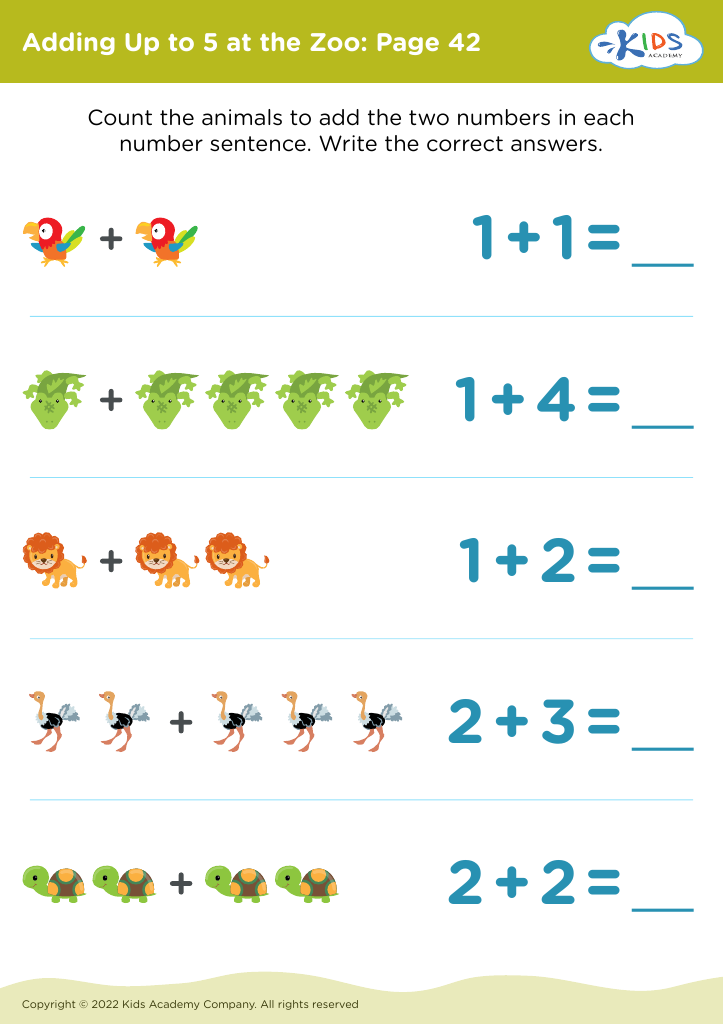


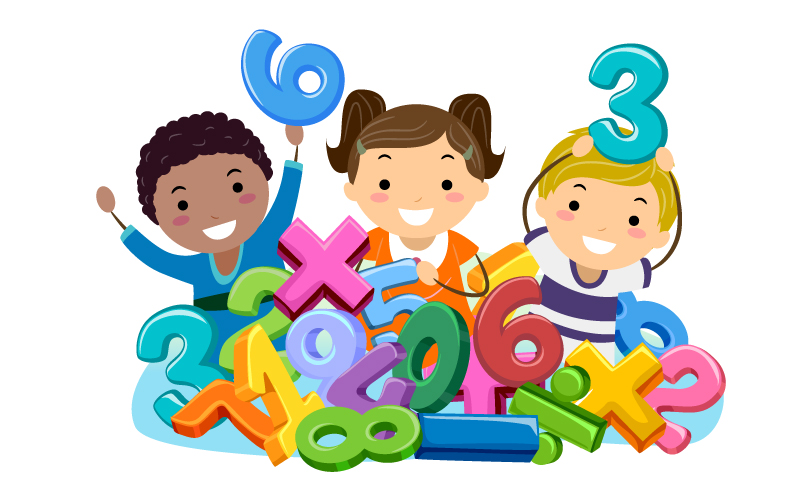
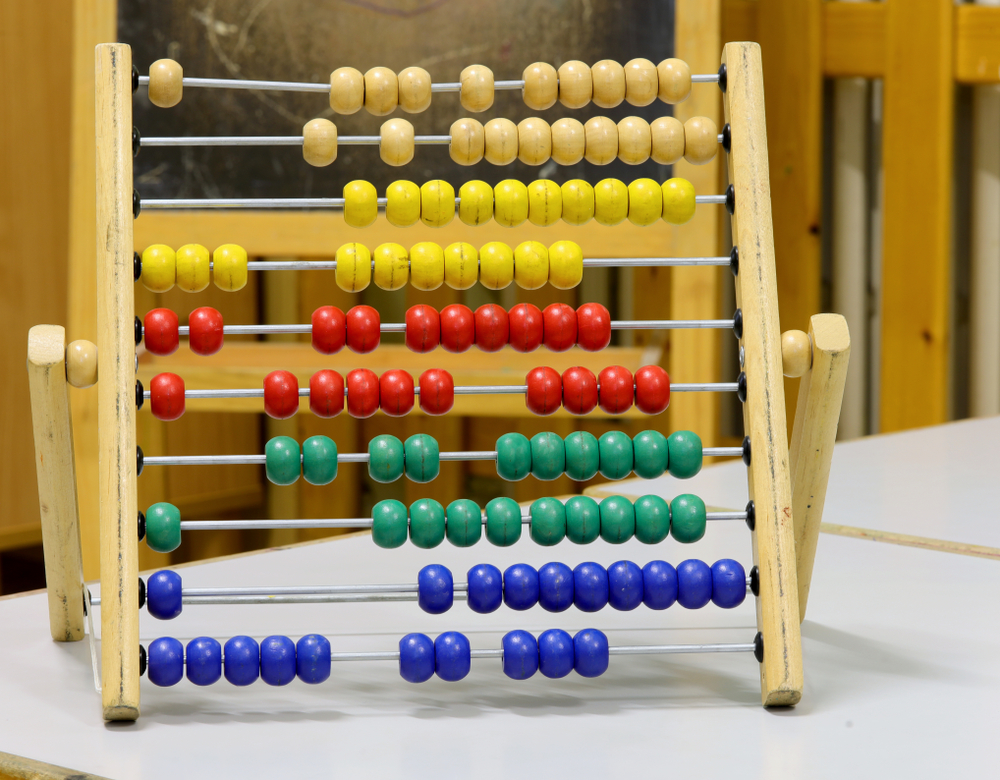
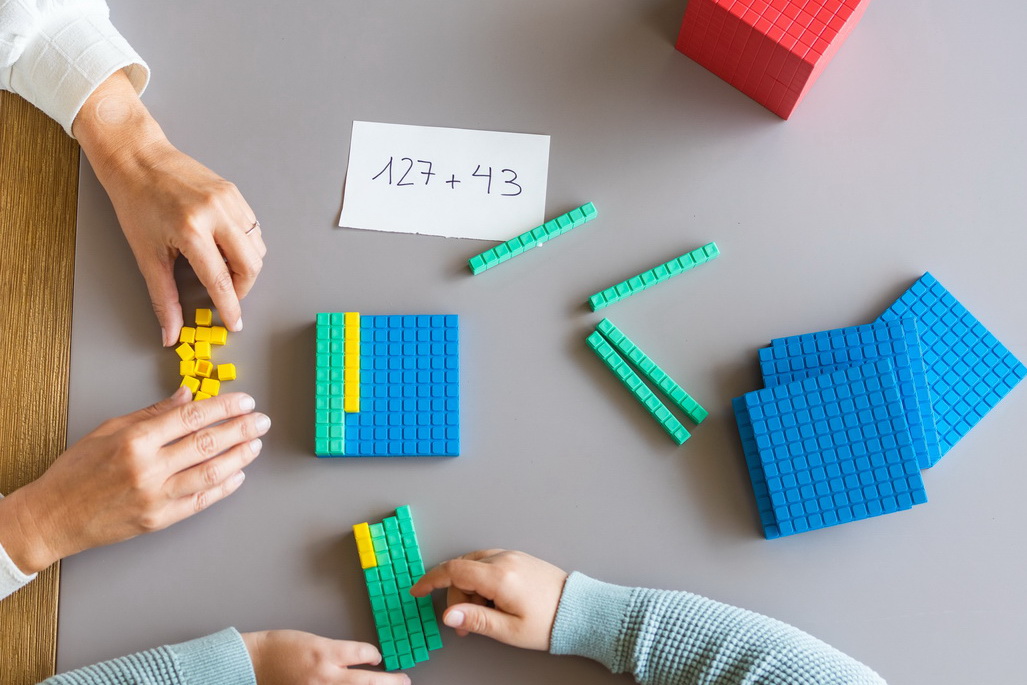
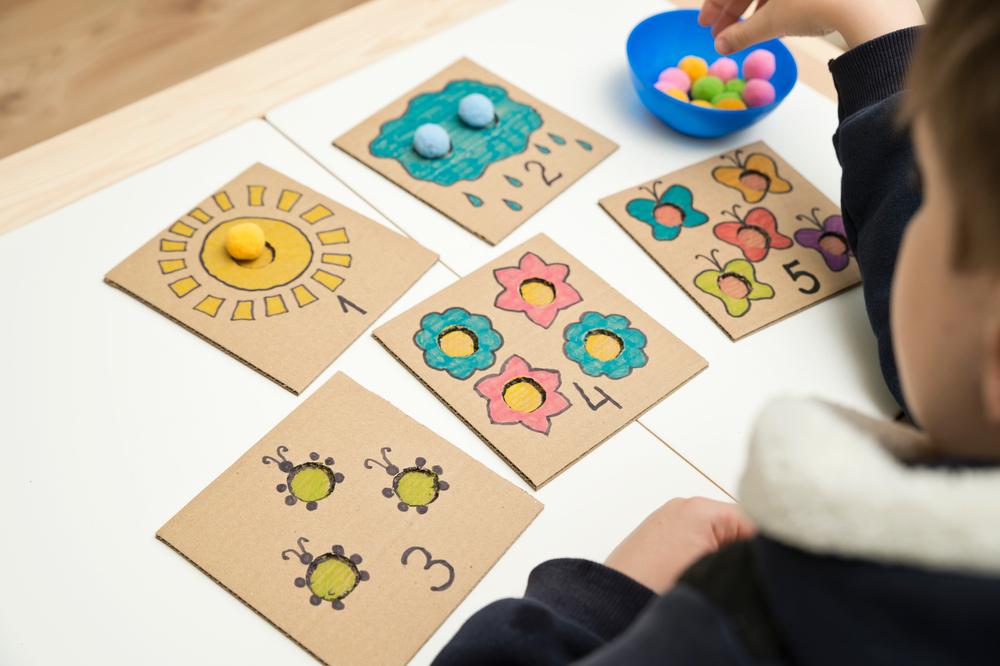
%20(1).jpg)
